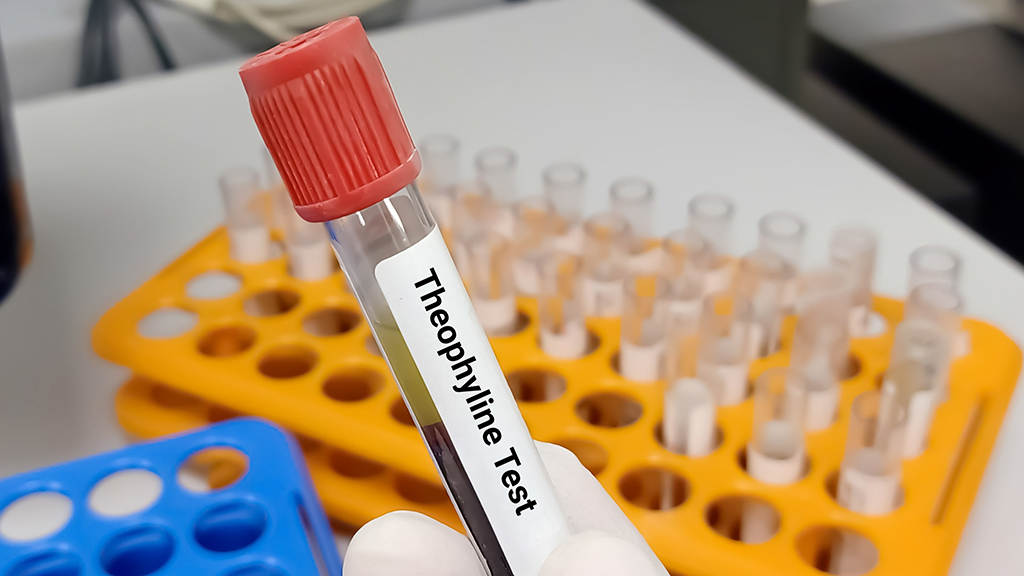Abstract
The purpose of this case study is to make students aware that some patients may require individualized drug dosing regimens based on a variety of patient variables. The central classroom activity consists of small group work in which students analyze a set of patient data cards to identify patient characteristics that influence theophylline blood levels. It was developed for an introductory pharmaceutical sciences course but would be suitable for other students with a biological, biomedical, health sciences, or chemistry/medicinal chemistry background. A set of patient data cards is included with the case as a supplemental material. There is no separate answer key for this case, although the teaching notes identify key factors influencing theophylline concentrations.



